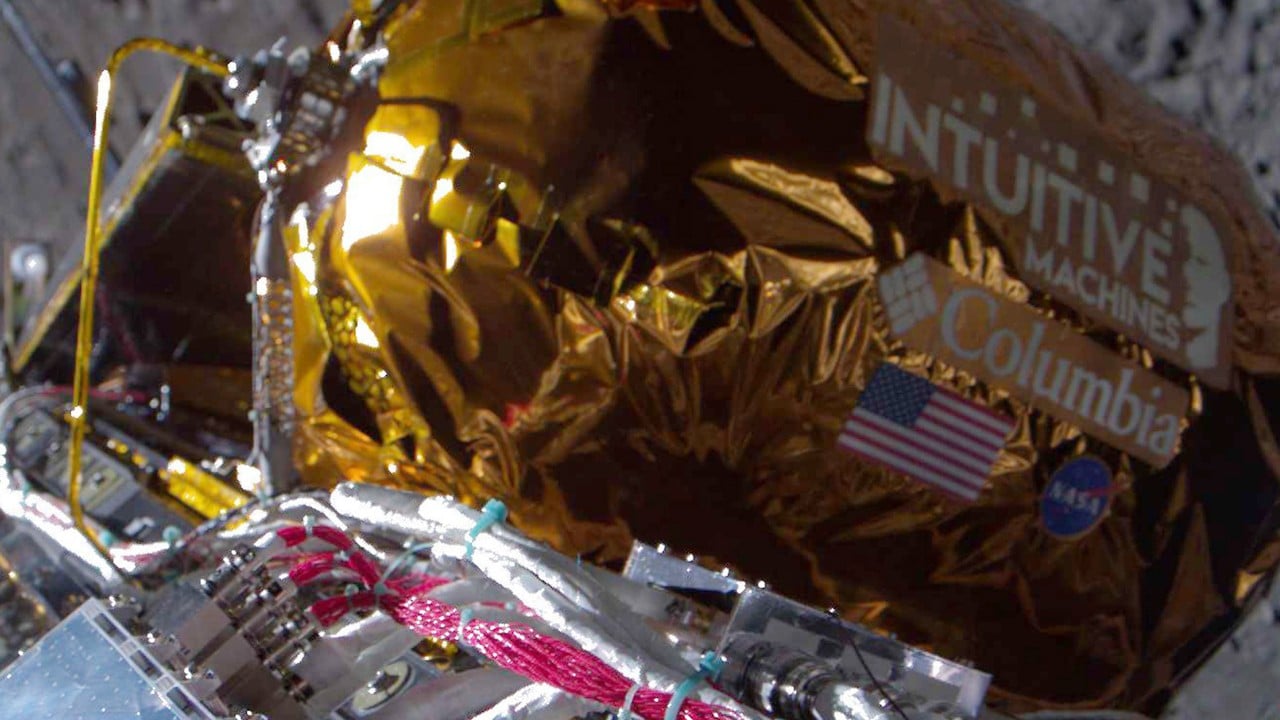China’s moon programme: 3 satellites enter lunar orbit, fate of 2 that fell short isn’t clear
- Queqiao-2 communication relay satellite arrived 440km above the moon’s surface early on Monday, says CNSA
- State media says ‘work is under way to address’ DRO-A/B satellites that failed to reach their designated altitude after March 13 launch

Three Chinese satellites have successfully entered lunar orbit, while the status of two others remains unclear after apparent rescue efforts.
The Queqiao-2 communication relay satellite, launched from Wenchang Satellite Launch Centre in southern China on March 20, arrived at 440km (273 miles) above the moon’s surface early on Monday morning, according to the China National Space Administration (CNSA).
Following a 19-minute-long braking burn which began at 12.46am, the spacecraft slowed, was caught by the moon’s gravity and entered a highly elliptical lunar orbit, the administration announced on its website.
“The satellites have not been inserted into their designated orbit, and work is under way to address this problem,” state news agency Xinhua said at the time.
The US satellite catalogue showed the pair had raised their orbit from 524 x 132,577km to 1164 x 243,691km after the incident.
“This suggests to me that the DRO satellites are still trying to get to the moon,” said Jonathan McDowell, a Harvard astronomer who tracks rocket launches and activity in space.

